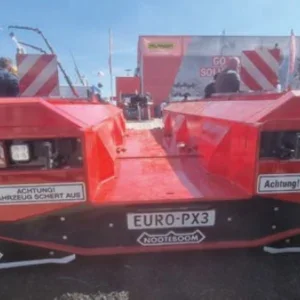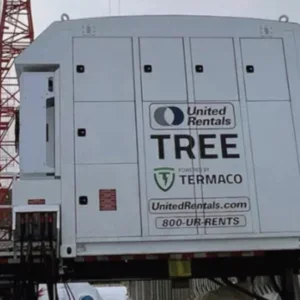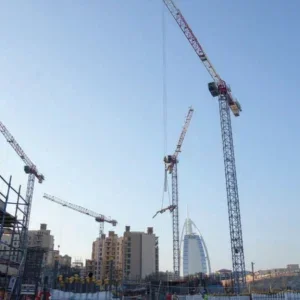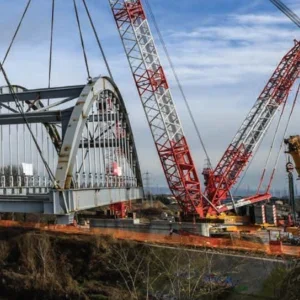The lifting industry is under relentless and increasing pressure from safety organisations worldwide to cut accident rates. This is as it should be – after all, it is a high risk sector, and anything we can do to reduce the suffering and misery caused by accidents, not to mention the costs to business, has to be good for all concerned.But this begs a fundamental question – how can we ensure safe working practice?
At the heart of successful safety management is an effective plan, and good planning starts with a well trained and competent technical representative or engineer. Armed with information from the sales person, they must visit the site and gather all the data required to plan the installation successfully.
They must, for example, identify hazards; check for access routes; examine ground conditions, restrictions, and obstructions; determine lifting weights, lifting points, slewing area, and centres of gravity; consider any additional transport requirements; select the correct crane for the operation; choose the right tackle arrangement, and produce workable risk assessments and method statements.
At this critical stage, they must also consider the requirements for safety equipment such as scaffolding, harnesses, ladders, platforms, and so on.
All too often, at least some of these requirements are neglected. After all, to ensure a competitive price, what do you think will be the first thing to be compromised?
Normal practice within the industry is ‘competitive tendering’. This is where real damage can be caused to safety planning. Clients invariably require price reviews, and, in many cases, you will be more expensive than your competitors. This can place pressure on you to lower your price. And this, in turn, might lead to the temptation to build the crane in less time than normal; use less manpower for crane rigging; cut back on the number of mats used; manage without scaffolding; use a smaller crane, and work it to (or beyond) its limits.
Causing accidents and fatalitiesAll these actions clearly have a negative impact on safety, and can lead to accidents or even fatalities.
Good planning of a lifting operation requires a:
* Meaningful risk assessment.
* Comprehensive method statement.
* Crane position berthing study.
* Tackle and rigging study.
* Lifting study.
It is crucial that the people instructed to carry out the task are qualified and competent. Unfortunately, many organisations lack expertise in lifting operations, but nonetheless execute their own lifts with hired cranes. The main reason for this is cost. This has led to considerable pressure on the crane hire companies to do more to ensure that their clients have the necessary planning and competent people in place to undertake such responsibility before agreeing the hire of a crane.
However, clients must also take their fair share of the responsibility for safety. Sadly, some do not. Rather, they:
·Have no understanding of lifting.
·Want the cheapest price with maximum safety – an impossible demand.
·Request crane operations outside safety limits.
·Offer cash inducements to operators to conduct there work outside safety limits.
·Dismiss crane operators who do not co-operate because of safety concerns.
·Blame the operator when things go wrong.
·Insist on using their own untrained labour force during erection/rigging.
·Change site conditions after lift surveys have been completed.
·Fail to report accidents or keep safety records.It is a potentially costly mistake for crane hire companies to surrender to unreasonable demands and accept poor safety practice, no matter how much pressure they face.
To protect both their business and their reputation, they must work to a common high standard in both planning and execution. This, I believe, is at the core of enlightened safety management.






